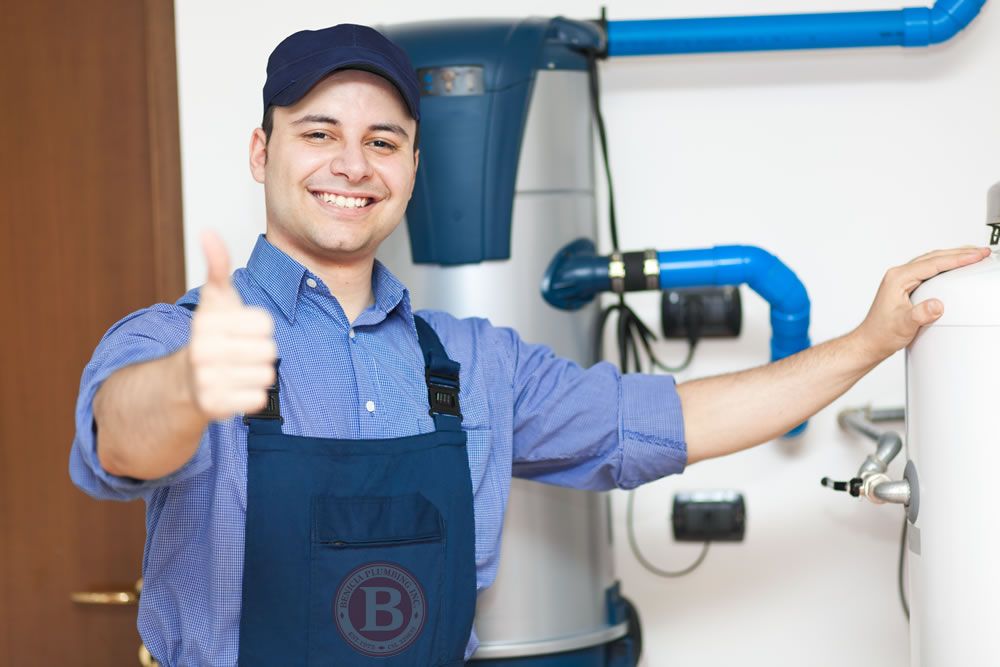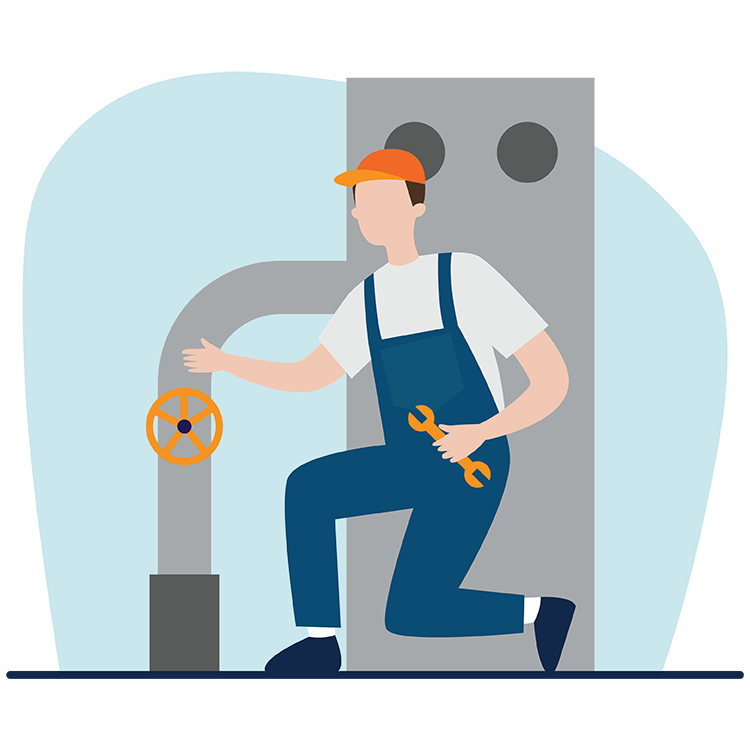Fast and Efficient Drain Cleaning Alabaster AL Services Available
Fast and Efficient Drain Cleaning Alabaster AL Services Available
Blog Article
A Step-by-Step Overview to Effective Hot Water Heater Installment for Optimum Performance
Beginning on the job of installing a water heater is an endeavor that requires precision and a methodical strategy for achieving optimal performance. As you continue, the complexities of linking water supply lines and establishing up trusted electrical or gas connections await, encouraging understandings into making certain efficiency and integrity.
Picking the Right Water Heating Unit

Next, consider the dimension and ability of the hot water heater. It's essential to assess your household's warm water requirements, which can vary based on the variety of residents and their use patterns. A device that's also small might bring about not enough warm water, while an oversized model may cause unnecessary energy consumption.
Efficiency rankings additionally play a crucial duty in option. Search for water heating units with high Power Factor (EF) ratings, indicating premium performance and reduced power use. Tankless designs, though normally much more costly in advance, deal substantial energy savings gradually as a result of their on-demand home heating capabilities.
Preparing the Installment Location
Prior to installing a brand-new water heating unit, meticulous preparation of the setup location is crucial. It's essential to determine the area meticulously to fit the water heating unit's measurements, making certain adequate clearance around the system for effective operation and servicing.
Next, get rid of any debris, dust, or blockages from the site to produce a clean setting. Check the floor for stability, as the hot water heater will certainly need a strong, level surface area to operate successfully. If essential, set up a drip pan under the device to catch prospective leaks or spills, avoiding water damage to the surrounding location. In areas susceptible to seismic activity, take into consideration installing seismic straps to secure the heater securely in position.
Additionally, guarantee that all essential tools and materials get on hand before starting the installation. This includes items such as wrenches, screwdrivers, a level, and any kind of additional hardware required for securing the heating system and placing. A well-prepared installation location sets the structure for an effective water heating unit configuration, optimizing efficiency and security.
Connecting Water Lines
When connecting supply of water lines to your recently installed water heater, it is critical to ensure that all links are protected and leak-free to preserve effective procedure and avoid water damages. Begin by determining the warm and chilly water lines. The cool water inlet is typically noted with a blue label or a "C", while the warm water electrical outlet is noted with a red tag or an "H".
Use adaptable water heating unit connectors to help with a less complicated installation procedure. Prior to attaching the connectors, position a plumbing technician's tape around the threaded ends of the water heating unit's inlet and outlet pipes.
Once links are in area, slowly activate the major water system valve. Check each link for leaks by visually examining and really feeling for dampness. Tighten connections as necessary, and make sure the pressure safety valve is appropriately installed, safeguarding versus too much pressure accumulation.
Establishing Up Electrical or Gas Links
Properly establishing up the electrical or gas links for your water heater is a vital step learn this here now to make sure secure and reliable procedure. For electric water heating units, begin by verifying that the electric circuit is compatible with the heating system's voltage and amperage needs.
For gas hot water heater, security is vital. Validate that the gas supply is off before proceeding. Connect the gas line to the hot water heater using an adaptable gas adapter, ensuring it is correctly threaded and secured with pipe joint compound or Teflon tape appropriate for gas links. Tighten up the links with a wrench, making sure not to over-tighten (Plumbing Services Alabaster AL).
Once connections are made, evaluate for any type of potential leaks. For gas lines, use a soapy water service to the joints; bubbles suggest a leak. For electric links, ascertain that all circuitry is secure and appropriately shielded, keeping conformity with local electric codes.
Testing and Readjusting for Performance
With the electrical and gas links firmly in place, the next action this website is reviewing the functional efficiency of your water heating system. Begin by carefully switching on the supply of water and making sure there are no leakages at any one of the shutoffs or joints. Once validated, continue to fill up the container, focusing on the pressure and temperature settings. It is a good idea to establish the thermostat to a recommended temperature level of around 120 ° F(49 ° C) to stabilize power efficiency and comfort.
Next, execute a comprehensive assessment to make sure the burner or gas burners are working correctly. For electrical heating units, use a multimeter to validate if the components are drawing the ideal present. In gas versions, observe the burner flame; it should be steady and blue, showing reliable burning.
Adjust the settings as needed to get rid of inadequacies. Take into consideration applying insulation measures, such as adding a hot water heater covering, to better boost performance by lessening heat loss. In addition, inspect the anode pole's condition, as a scrubby rod can minimize performance and bring about tank deterioration.
Final Thought
Reliable water heating unit setup is critical for making certain optimal efficiency and power cost savings. By choosing the appropriate type and size, and meticulously preparing the installation area, a structure for success is from this source established. Firmly attaching supply of water lines and very carefully establishing electrical or gas connections decrease possible concerns. Extensive screening for leakages and precise thermostat modifications to 120 ° F improve dependability and efficiency. Complying with these actions promotes lasting performance and power preservation in property water furnace.

Properly establishing up the electrical or gas links for your water heating system is an important action to ensure risk-free and efficient procedure. For electrical water heating systems, begin by verifying that the electric circuit is compatible with the heating unit's voltage and amperage needs. Link the gas line to the water heating unit making use of a flexible gas adapter, guaranteeing it is properly threaded and sealed with pipeline joint substance or Teflon tape suitable for gas connections.
Report this page